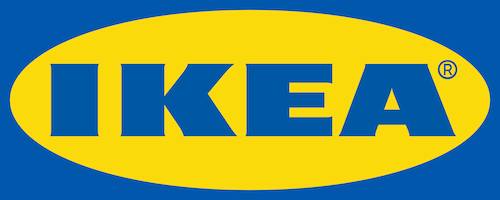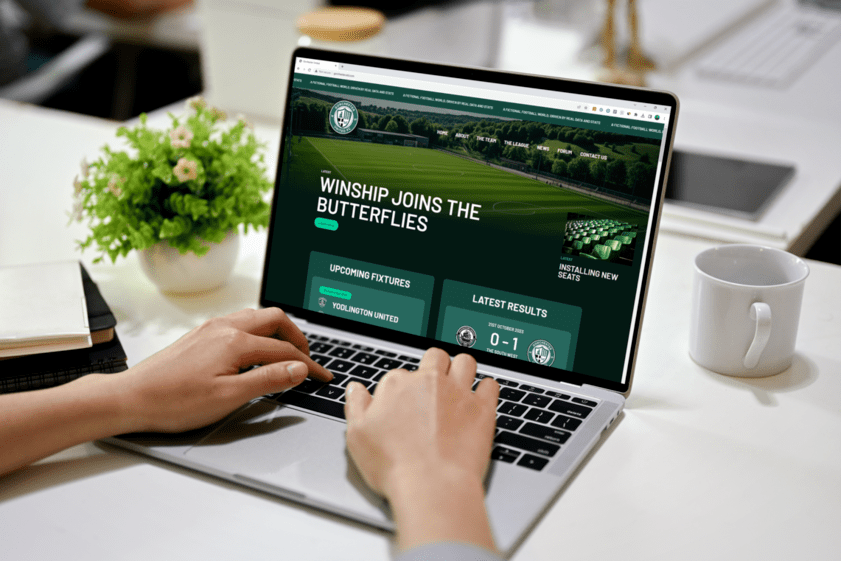In today’s fast-paced digital landscape, crafting successful email campaigns is a vital component of any effective marketing strategy. Effective email campaign management enables businesses to achieve higher engagement, improved return on investment (ROI), and, ultimately, sustainable business growth. However, with cluttered inboxes and increasing competition for attention, it’s crucial to develop and execute email campaigns that stand out and resonate with your target audience.
In this blog post, we’ll explore top strategies for successful email campaigns that deliver maximum engagement. We’ll discuss expert tips and best practices, including list segmentation, personalised messaging, catchy subject lines, and employing analytics for ongoing improvement. By implementing these strategies and partnering with Hewitt Matthews, you’ll master the art of email marketing, amplifying your brand presence, and nurturing valuable customer relationships.
Building a High-Quality Email List
An essential first step in crafting successful email campaigns is developing a high-quality email list, comprised of subscribers who are genuinely interested in your products or services.
– Encourage opt-ins: Use compelling opt-in forms on your website and landing pages to encourage visitors to sign up for your email list. Offer incentives such as special discounts or valuable content like eBooks and whitepapers to entice subscriptions.
– Verify contacts: Implement email verification tools to ensure that your list consists of valid and real email addresses, reducing bounce rates and protecting your sender reputation.
– Regularly update your list: Periodically clean and update your email list to remove invalid addresses, uninterested subscribers, or those who have not engaged with your content in an extended period.
Segmenting Your Email List for Personalisation
Effective list segmentation allows you to send targeted and personalised email content to specific segments of your audience, improving open rates, engagement, and overall campaign performance.
– Demographic segmentation: Group subscribers based on demographic factors such as age, gender, location, or occupation, allowing you to tailor email content to resonate with different audience segments.
– Behavioural segmentation: Split your list based on user behaviours, such as browsing history, previous purchases, or engagement with previous email campaigns. This enables you to send highly relevant content and offers to subscribers based on their unique interests and preferences.
– Lifecycle stage segmentation: Classify subscribers based on their stage in the customer journey, whether they’re new leads, one-time buyers, or loyal customers. This allows you to customise email content for each stage, nurturing relationships and encouraging desired actions.
Crafting Compelling Subject Lines and Content
Effective subject lines and engaging content capture attention and motivate subscribers to open and interact with your emails.
– Create attention-grabbing subject lines: Use strong language and action words to pique interest while keeping subject lines concise and informative. Personalise subject lines by including the recipient’s name or a relevant detail to create a connection.
– Write clear, engaging copy: Focus on delivering valuable content in a clear and concise manner. Use short paragraphs, bullet points, and informative headers for easy readability. Personalise email content based on audience segment and their interests, making it more attention-worthy.
– Include strong CTAs: Encourage subscribers to take action by incorporating clear, direct calls-to-action (CTAs) within your email content, such as “Shop Now,” “Read More,” or “Join Our Webinar.”
– Utilise visual elements: Leverage visuals like images, GIFs, or videos to enhance email content, making it more engaging and visually appealing.
Optimising Email Campaigns with Analytics
Embark on a data-driven approach to optimise your email campaigns by monitoring key performance indicators (KPIs) and using insights to make informed adjustments.
– Monitor KPIs: Regularly track crucial email metrics such as open rates, click-through rates, conversion rates, bounce rates, and unsubscribe rates to help identify the strengths and weaknesses of your campaigns.
– A/B test campaign elements: Conduct A/B testing on various email components, including subject lines, content, visuals, and CTAs, to determine what resonates best with your audience.
– Analyse engagement patterns: Identify the optimal sending frequency and timing by analysing subscriber engagement patterns at different times of day and days of the week, ensuring maximum visibility and engagement.
– Maintain deliverability: Monitor your sender reputation and keep it in good standing by maintaining low bounce rates, sending consistently, and adhering to best practices outlined by Internet Service Providers (ISPs) and Email Service Providers (ESPs).
Elevate Your Email Campaigns with Hewitt Matthews
Achieving higher engagement, an improved ROI, and fostering valuable customer relationships are the outcomes of successful email campaign management. You’ll drive significant business growth by building a high-quality email list, segmenting your audience for personalisation, crafting compelling subject lines and content, and leveraging email analytics for continuous optimisation.
At Hewitt Matthews, our team of email marketing experts is committed to guiding you through the intricacies of email campaign strategy and execution. We apply data-driven insights and industry-best practices to devise bespoke email campaign solutions tailored to your unique business needs, ensuring maximum engagement, conversions, and customer satisfaction.
Ready to amplify your email marketing success and drive tangible results? Contact us today for a free consultation and discover how Hewitt Matthews can help you master the art of email campaigns and propel your business to new heights.






